
"The principal finding was non inferiority," says A. Michael Lincoff, MD.

"The principal finding was non inferiority," says A. Michael Lincoff, MD.

The shortage has been affecting the treatment of patients with genitourinary cancers, including bladder cancer.
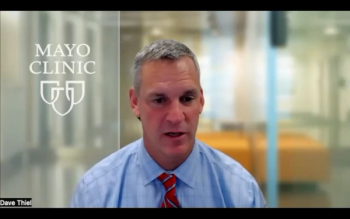
"We wanted to look and see [if] there any differences between the disposable scope group and the reusable scope group, and as the paper shows, there were," says David D. Thiel, MD.
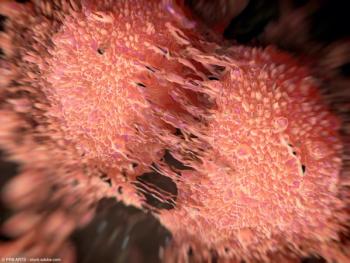
“I think the prostate cancer community has benefited a lot in the past several years with the advent of enhanced imaging tools to help us better stage patients with prostate cancer both at their initial diagnosis and if, unfortunately, they have a recurrence,” says Edward M. Schaeffer, MD, PhD.

"There are likely, based on their other results, going to be urologists not willing to move to those states, it's going to exacerbate shortages in care," says Chloe E. Peters, MD.
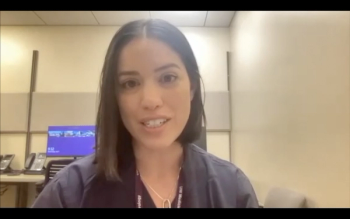
"41% of practicing urologists said that if Dobbs had happened when they were looking for their current position, they would have picked a different job," says Chloe E. Peters, MD.
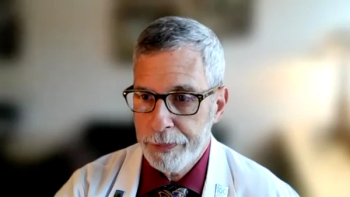
A. Michael Lincoff, MD, shares the impetus for the TRAVERSE study.
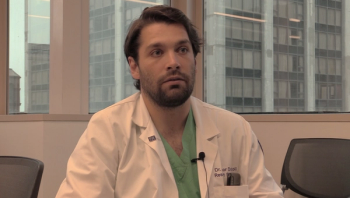
"I would say that the take-home message of the study is that these immunosuppressive medications have alterations in the microbiology in a lot of these organs and a lot of these tumors," says Conor Driscoll, MD.


"The main advantage of the Lithovue Elite is that it allows for intrarenal and intraureteral pressure monitoring," says Ravi Munver, MD.

"Northwestern Madison's urology program has a very robust clinical research enterprise," says Edward M. Schaeffer, MD, PhD.
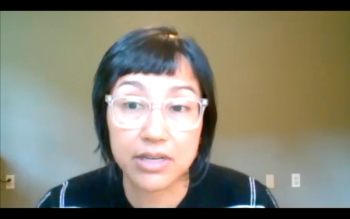
"Since 2021, there have been significant changes made to documentation and billing, where now our documentation can be more focused," says Jyoti Chouhan, DO, PharmD, FACS.

Anthony V. D’Amico, MD, PhD, discusses the choice between external beam radiation therapy and brachytherapy in patients with prostate cancer.

"The NCCN guidelines are unique in that they're almost constantly updated in real time," says Edward M. Schaeffer, MD, PhD.
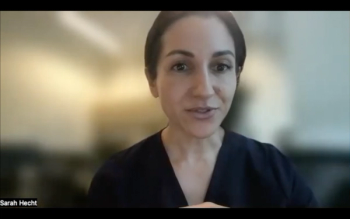
"Once you've decided that this is important to you, a good place to start is to identify your pain points; pay attention to what annoys you and don't be complacent about it," says Sarah Hecht, MD.

"Prostate cancer showed a decreased risk, which we thought was very interesting, because it was the only cancer for which that signal existed, that there is possibly a protective effect of these medications," says Conor Driscoll, MD.
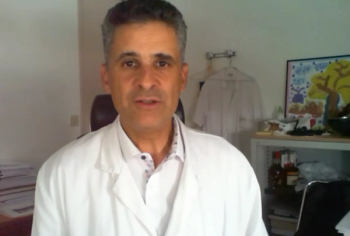
Karim Fizazi, MD, PhD, discusses safety data from the phase 3 TALAPRO-2 trial, which explored talazoparib plus enzalutamide in patients with metastatic castration-resistant prostate cancer.

"Catheters go in, [and] they come out within 2 to 3 days for my patients. Therefore, the perioperative period is very easy for patients, whereas radical surgery requires catheters for 7 to 10 days," says Kevin R. Basralian, MD.
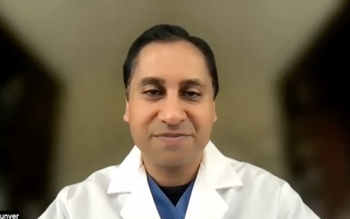
"Since transforming the BPH market, Aquablation has as given a degree of confidence for the surgeon as well as for the patient," says Ravi Munver, MD.

"I think one of the key things is when we look at things like sensitivity and specificity, sensitivity is very much reliant on the incidence of a disease or the state of the disease," says Brian F. Chapin, MD.

Karim Fizazi, MD, PhD, highlights the TALAPRO-2 trial, which led to the FDA approval of talazoparib plus enzalutamide for patients with HRR gene–mutated metastatic castration-resistant prostate cancer.

"There are a lot of exciting data that are coming out, and, of course, a lot of physicians and physician-scientists [who] are interested in these questions, and we’re working on that," says Sophia C. Kamran, MD.

“Looking at the impressive results for cohort K, with enfortumab, it's amazing what that is going to provide our patients,” says Joshua J. Meeks, MD, PhD.

"Integration of APPs can be useful to address some of the issues we have nowadays such as access and shortages," says Omer Raheem, MD, MSc, MCh Urol, MCRSI.
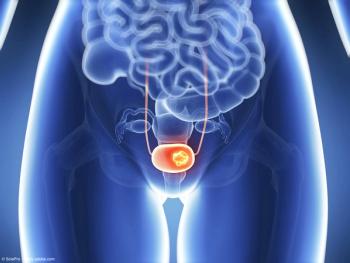
"If there’s recurrence of muscle-invasive bladder cancer within the bladder, you can perform salvage cystectomy at that point…. It is a bit more complex, so it’s great to have a high-volume surgeon who has performed these before," says Sophia C. Kamran, MD.
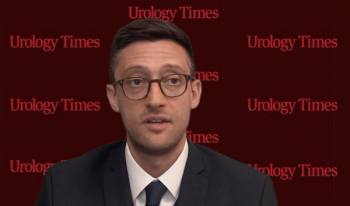
“We found some BRCA1 and BRCA2 mutations, as well as CDK12 mutations, in our cohort of patients with intraductal carcinoma of the prostate. Those are things that you could use now for clinical decision-making with PARP inhibitors with their approved indications,” says Benjamin Miron, MD.
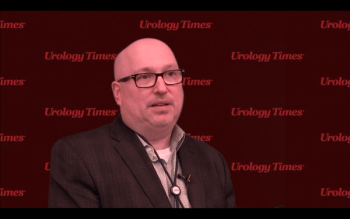
“The field of advanced RCC is evolving very quickly to a precision medicine approach where we're trying to individualize therapies,” says Thomas E. Hutson, DO, PharmD, FACP.

"We're excited that the FDA approval of this radiotracer gives us yet more tools at our disposal to diagnose prostate cancer in all its forms, from early to late in the disease process," says David M. Schuster, MD, FACR.

“These are high-risk patients and they do have a high likelihood of having advanced or metastatic disease in the future,” says Benjamin Miron, MD.

“The goal at the end of the day is to get exposure of your patient [with renal cell carcinoma] to as many of the most active agents as possible,” says Thomas E. Hutson, DO, PharmD, FACP.